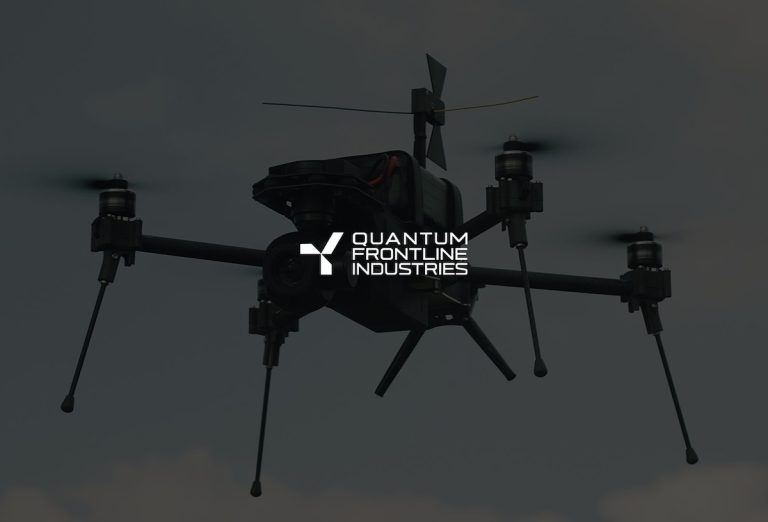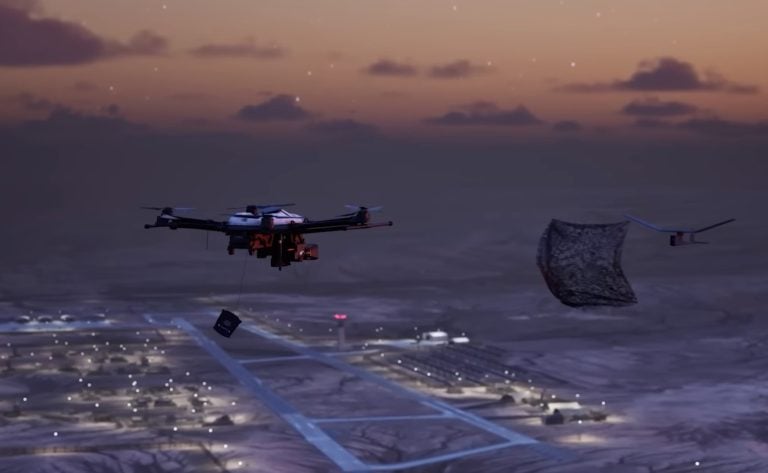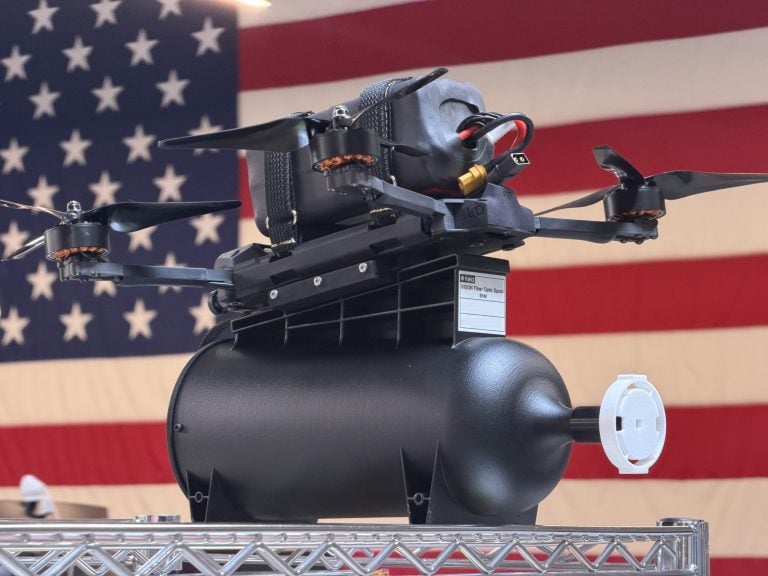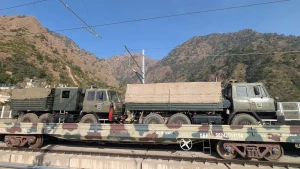The US Army has selected Kymeta’s Osprey u8 terminal as the integral component of its multi-orbit satellite communications system, marking a significant advancement in the Next Generation Command and Control (NGC2) pilot program. This decision reflects the Army’s commitment to modernizing its command and control infrastructure through the integration of cutting-edge technologies aimed at enhancing operational effectiveness.
The Osprey u8 terminal offers the capability to connect with both geostationary and low Earth orbit satellites, providing a versatile solution for varying communication needs. Its design allows for rapid deployment and flexible usage, with a modular architecture that can be adapted for different mission requirements. Notably, the terminal features smart tracking capabilities, ensuring stable connectivity even in challenging environments.
The Army’s move to incorporate this technology follows successful evaluations during several significant exercises, including the Armored Formation Network On The Move, the Network Modernization Experiment, and the Project Convergence Capstone. These evaluations demonstrated the effectiveness and reliability of Kymeta’s solution in real-world scenarios.
Kymeta’s Chief Revenue Officer, Tom Jackson, who has experience as a retired US Marine lieutenant colonel, highlighted that the company’s innovative manufacturing approach aligns with the Army’s need for new technologies sourced from the commercial sector to enhance its existing capabilities.
In a broader context, the US is rapidly advancing its integration of multi-orbit satellite communications (SATCOM) to enhance flexibility, resilience, and operational reach, particularly in contested environments. A pivotal development in this domain is the US Space Force’s $2.8 billion contract with Boeing, aimed at creating the Evolved Strategic Satellite Communications system. This program is focused on updating and securing strategic communication networks, which are crucial for nuclear command and control.
Additionally, the US is planning to launch 133 more satellites within the next nine months, a move that is expected to complete a network designed to effectively link sensors with operational forces. This proactive strategy underscores the military’s broader commitment to enhancing its technological capabilities in the face of growing global challenges.



















